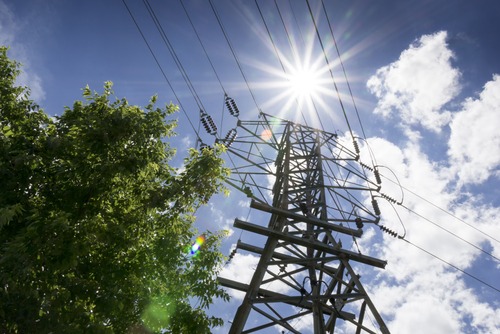CPUC offers new proposals to reduce outages during extreme heat events

The California Public Utilities Commission (CPUC) offered solutions to address the risk of outages during extreme heat events like we saw in 2020 and 2021.
The proposals create new programs and modify existing programs to reduce energy demand and increase energy supply during critical hours of the day. The proposals are part of the CPUC’s ongoing efforts to respond to Gov. Gavin Newsom’s Emergency Proclamation, urging all state energy agencies to ensure there is adequate electricity to meet demand. CPUC found that a range of 2,000 to 3,000 megawatts (MW) of new supply- and demand-side resources will help address grid reliability in the most extreme circumstances in 2022 and 2023.
One of the new proposals is the Demand Response Program for Residential Customers. This program would pay residential customers $2 per kilowatt-hour (kWh) for reductions in energy use at critical times, with special outreach to low-income customers and customers in disadvantaged communities.
Another proposal calls for an adjustment and expansion of the current Emergency Load Reduction Program (ELRP) as well as other demand response programs. Specifically, this calls for doubling the compensation rate of ELRP to $2 per kWh and expanding electric vehicle participation.
Also, the new Smart Thermostat Incentive Program would provide $22.5 million in total incentives to install smart thermostats that assist customers in reducing air conditioning usage a few degrees during critical times, with special protection for qualifying low-income customers.
In addition, CPUC is proposing two pilot programs to test the effectiveness of customer response to electricity rates that change rapidly during grid emergencies. One pilot will shift agricultural water pumping to off-peak times in response to price signals, while the other pilot will test how dynamic rates affect customer end-uses, such as electric vehicle charging.
CPUC is also proposing new energy efficiency programs; four new energy storage microgrid projects for San Diego Gas & Electric (SDG&E) to provide a total of 160 megawatt-hours of capacity to fill electricity shortfalls; and temporary generation for Pacific Gas and Electric Company (PG&E) to augment its temporary generation program, among others.
The proposals will be on the CPUC’s Voting Meeting agenda on Dec. 2.
